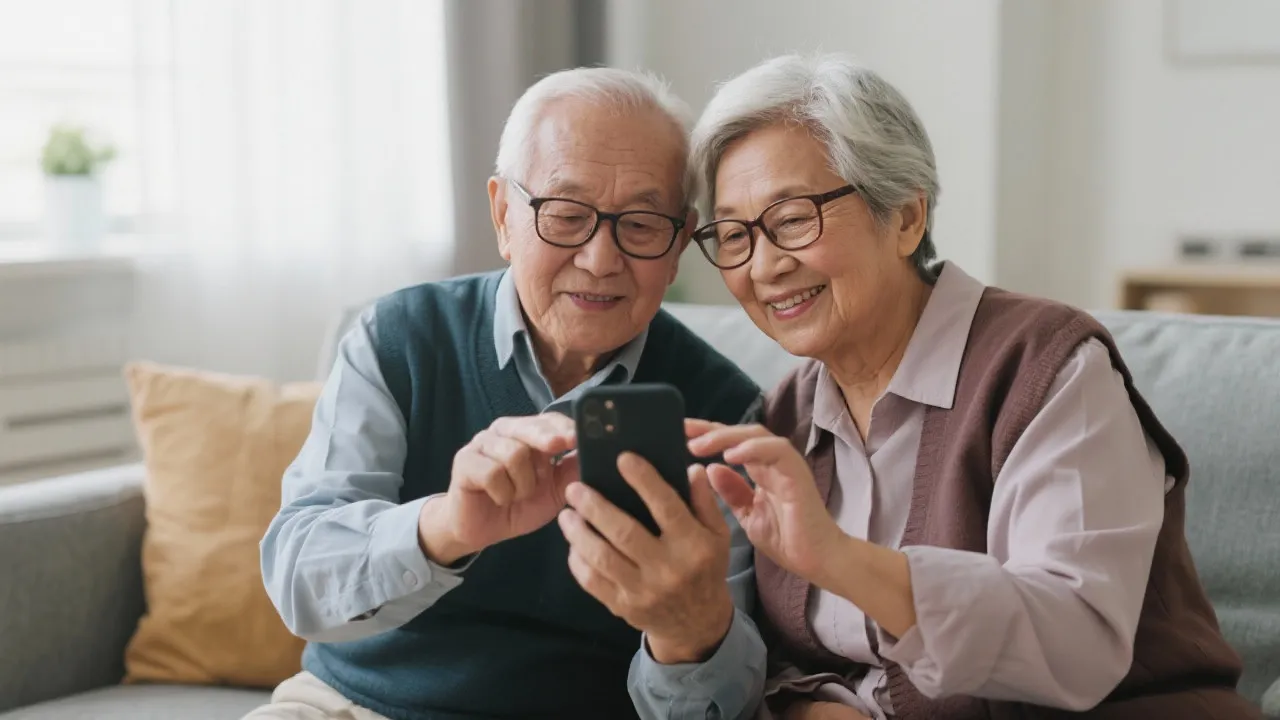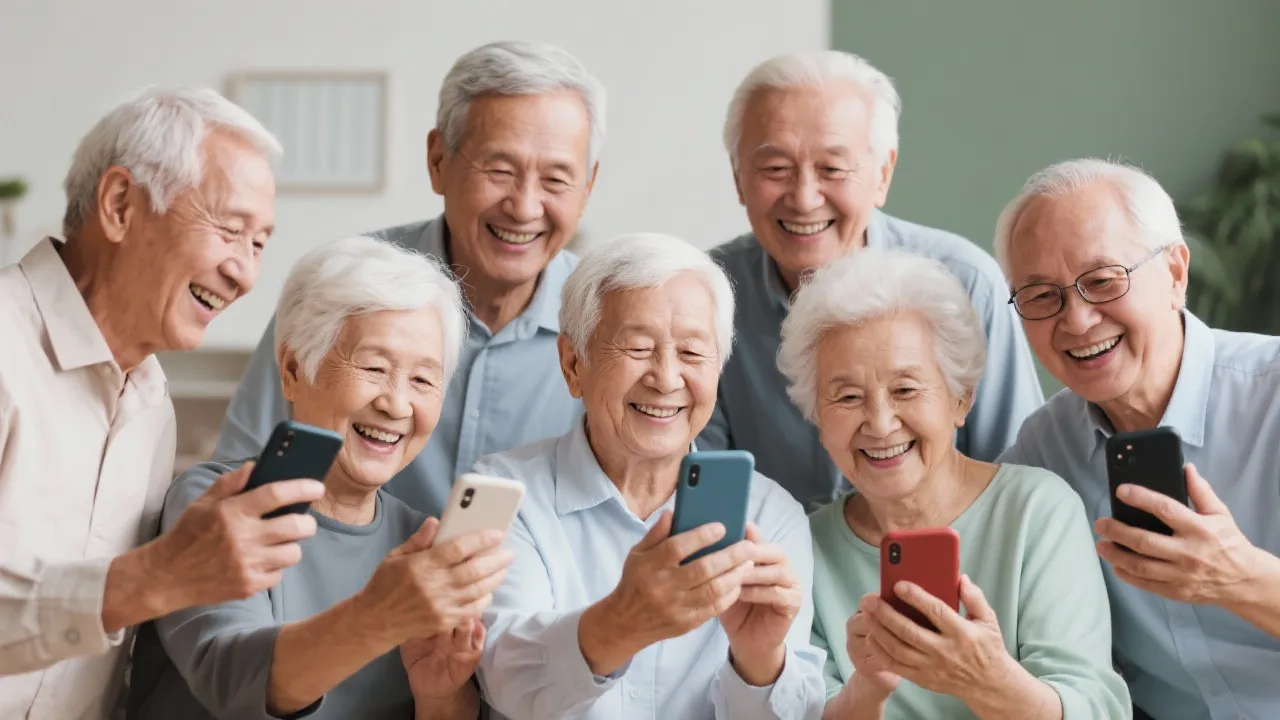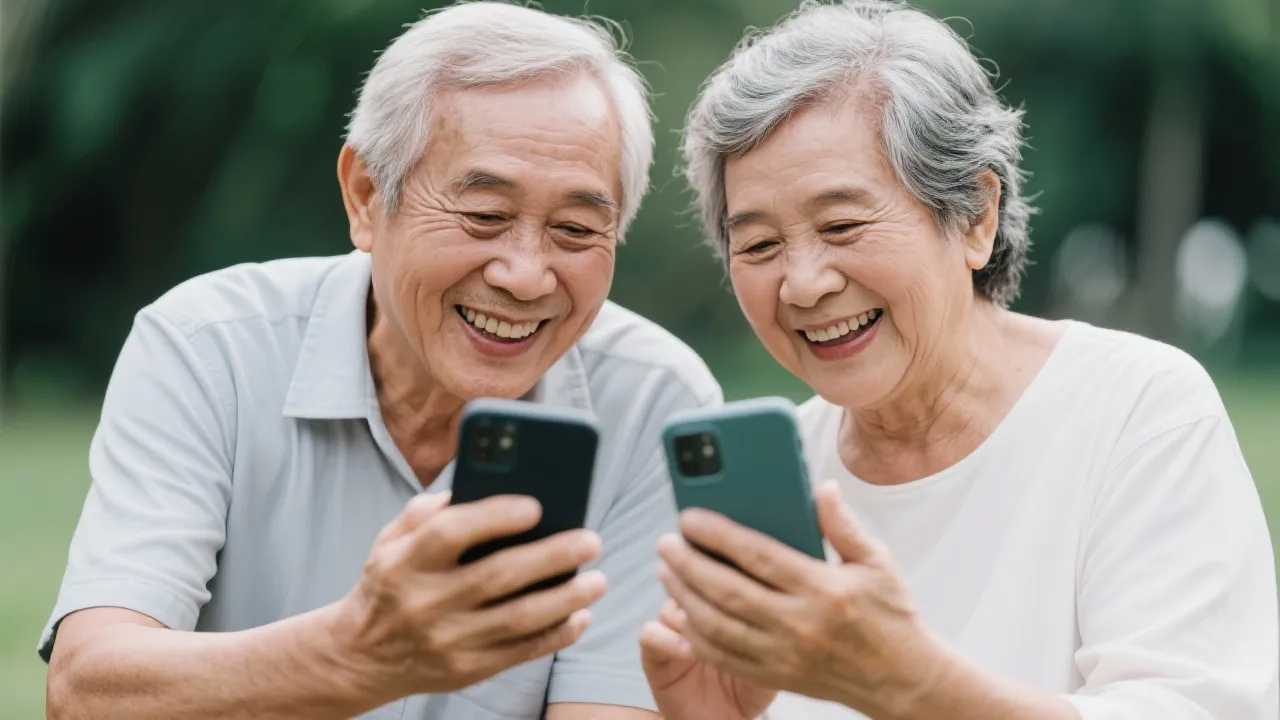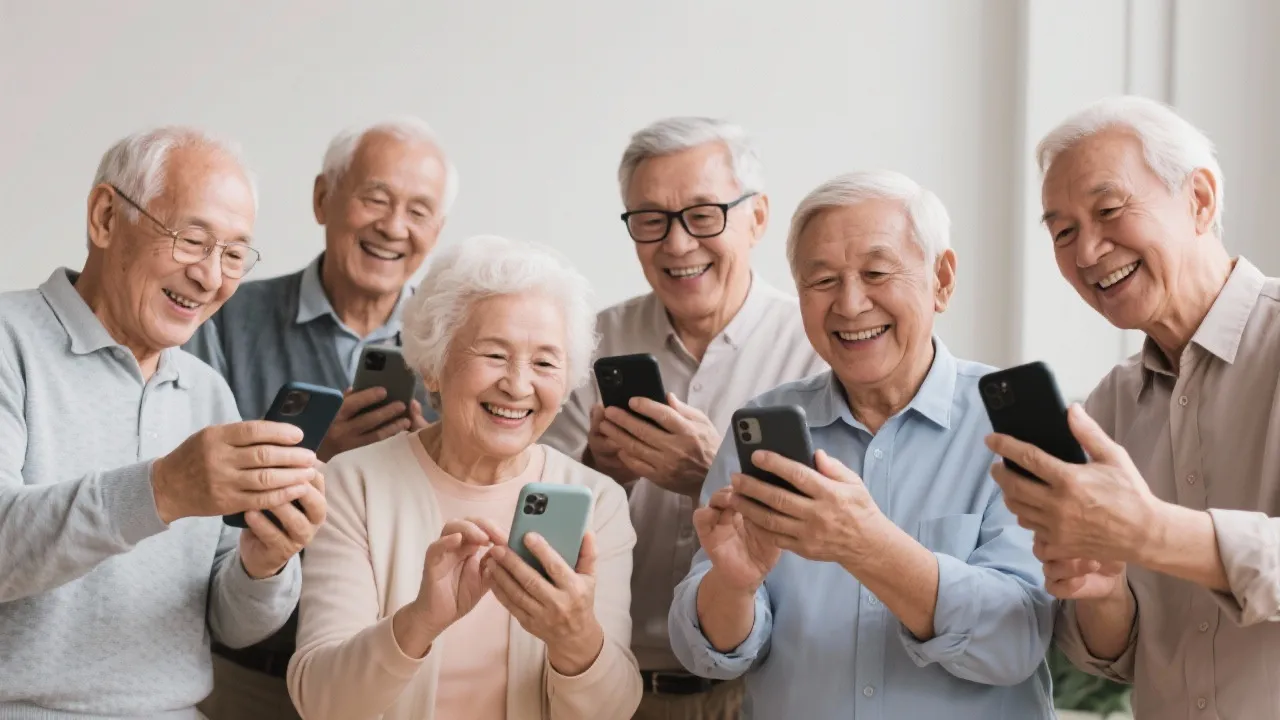Understanding Affordable Phones for Seniors
This article delves into the landscape of government-supported phone programs designed for seniors. Offering insight into various service providers and eligibility requirements, it aims to inform the senior population about obtaining affordable phones through trusted programs. These initiatives typically depend on income levels or participation in federal assistance programs.
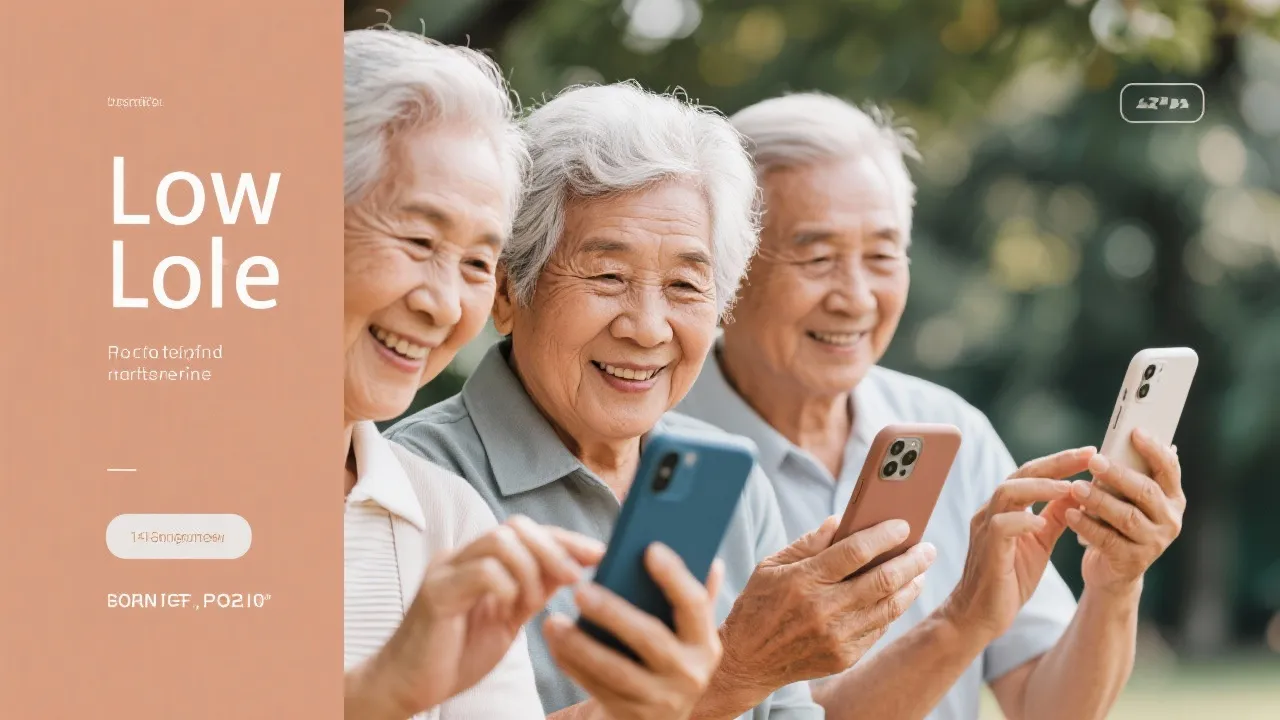
Introduction to Senior Phone Programs
In today's connected world, smartphones play a vital role in our daily lives, enabling communication, internet access, and digital participation. Recognizing the increasing reliance on digital connectivity, several programs have emerged to provide seniors with the tools they need. This guide explores the realm of affordable government-supported phone initiatives available for seniors and other qualifying individuals.
Why Seniors Need Access to Phones
Providing seniors with access to mobile phones is not merely a convenience; it is a necessity. With a mobile device, seniors can maintain social connections, access emergency services, and enjoy various entertainment options. Moreover, smartphones enable access to health management applications, thereby promoting their independence and security. The importance of connectivity cannot be overstated; it helps combat the loneliness that many seniors face, reduces social isolation, and provides emotional support through family and community connections.
Moreover, in today’s age of heightened concerns about health and safety, having a mobile phone becomes even more critical. Emergency services are just a call away, and having access to phones can provide peace of mind for both seniors and their families. Communication can take many forms—through voice calls, text messages, and various applications that allow for video conferencing, making it easier for seniors to stay in touch with loved ones and healthcare providers. This connectivity enables timely responses in emergencies, enhancing their overall well-being.
Overview of Available Programs for Seniors
Numerous service providers participate in government initiatives to equip eligible individuals, particularly seniors, with smartphones. This article focuses on a selection of these providers, outlining their offerings and application processes. These programs vary in terms of services, eligibility, and administrative procedures, emphasizing the importance of thorough research before selecting a provider.
| Provider | Services Included | Additional Costs |
|---|---|---|
| SafeLink Wireless | Smartphone options and BYOD, varying plans with unlimited text, calls, and data | Device upgrades or additional data |
| Assurance Wireless | Affordable Android smartphone, unlimited talk and text, data allowances | Extra high-speed data, international calls |
| StandUp Wireless | Affordable phone or BYOD, unlimited talk and text, data options | Premium upgrades, extra data |
| Access Wireless | Unlimited voice and text, limited high-speed data with ACP benefits | Data boosts, upgraded devices |
| True Wireless | Govt-supported phones, voice and data plans | Device upgrades, additional data |
Sources: www.safelinkwireless.com, www.assurancewireless.com, www.standupwireless.com, www.accesswireless.com, www.gotruewireless.com
Eligibility Criteria and Application Process
Eligibility for these programs primarily hinges on income thresholds or enrollment in relevant government assistance programs. Here is a general overview of what to expect:
- Income Limits: Income at or below 135% of the Federal Poverty Guidelines can qualify individuals for Lifeline, while the Affordable Connectivity Program (ACP) extends this up to 200%.
- Participation in Assistance Programs: Various assistance programs like Medicaid, Supplemental Nutrition Assistance Program (SNAP), Supplemental Security Income (SSI), or Federal Public Housing Assistance (FPHA) may offer eligibility.
- Tribal Lands Benefits: Residents on Tribal lands often enjoy additional benefits due to specific policy adjustments, which may include more extensive service offerings.
Application typically involves an online submission and the upload of necessary documents proving eligibility. Each provider might have slight variations in this process, which are laid out clearly on their respective websites. It's crucial to follow the application steps meticulously to avoid potential rejections or delays, as missing documents can lead to unwanted complications in the approval process.
Once the application is submitted, applicants may receive confirmation notifications via email or SMS, depending on the provider's preferences. After the approval process, eligible seniors can expect clear instructions on how to select their preferred devices and services, making the transition to new communication tools smoother.
Advantages of Enrolling in a Phone Program
Securing a phone through these programs offers numerous benefits. First, it provides an affordable means to maintain essential connections with family and healthcare providers. Moreover, it enhances personal safety by allowing immediate access to emergency services. This accessibility serves not only to maintain social bonds but also empowers seniors to assert their independence while having immediate assistance readily available. Furthermore, it helps seniors manage their health by enabling them to schedule appointments, receive reminders for medication, and access telehealth services, which are becoming increasingly significant in modern healthcare.
The convenience of mobile phones also extends to participants being able to navigate public transportation, find local services, and even explore community activities that can enrich their daily lives. In addition to social connections, many phones have applications that cater to hobbies and interests—be it photography, reading, or learning new skills—inviting seniors to engage in lifelong learning and personal growth.
Technological Considerations for Seniors
Though the benefits of having a smartphone are plentiful, it is essential to address the potential challenges seniors may face when navigating new technology. Some might experience a steep learning curve regarding using smartphones, application interfaces, or even internet safety practices. Therefore, training and support systems are critical. Many providers now offer tutorials, workshops, or customer service specifically aimed at helping seniors become familiar with their devices, ensuring that they can use these tools effectively and safely.
For instance, SafeLink Wireless and Assurance Wireless provide user guides and access to customer support agents who can assist with any technical questions or troubleshooting needs. Workshops can often be found at local community centers, libraries, or senior service organizations, further enhancing seniors' digital literacy. Online resources, including YouTube tutorials and downloadable content, can also facilitate self-learning, making technology more approachable.
FAQs About Affordable Phones for Seniors
- Are there any hidden charges involved?
The standard service is typically without cost; however, upgrades to better devices or increased data plans may require additional payments. Always clarify with your provider about any potential fees that could arise, especially regarding device upgrades or enhanced data packages.
- Do I have to change my current phone number?
Providers typically allow the retention of your current phone number, facilitating a seamless integration into their services. This flexibility aids seniors who may be apprehensive about change, ensuring a smoother transition.
- How long does the approval process take?
While it varies, the approval process typically ranges from a few days to a couple of weeks, depending on the applicant's responsiveness and the provider's verification processes. Seniors should ensure that their application is completed accurately to avoid unnecessary delays.
- Can self-employed seniors apply?
Yes, self-employed individuals may qualify based on income documentation aligning with the provider's guidelines. It is important for applicants to keep accurate records of their income to facilitate a smooth application process.
- What if I lose my phone?
Each provider has unique policies concerning lost or damaged devices, and it is advisable to contact the service provider directly for assistance. Additionally, seniors should seek to understand the phone's tracking features or consider carrying insurance for added peace of mind.
Conclusion
In essence, government-supported phone programs provide an invaluable service to seniors across the nation—a lifeline that keeps them connected to loved ones and vital services. As technology continues to evolve, staying informed about available resources will allow seniors to adapt and thrive in an ever-connected world.
Understanding the requirements and application procedures of each provider helps ensure a smooth acquisition process, allowing eligible individuals to take full advantage of these offerings. By bridging the digital divide, we can empower seniors to lead independent, fulfilling lives empowered by connectivity and communication. It is essential that communities support the inclusion of seniors in technological advancements, helping them not only to access phones but also to utilize them fully for their benefit.
Additional Resources for Seniors
As mentioned, many resources can assist seniors in becoming more comfortable with technology. Here are several organizations dedicated to enabling seniors with the necessary tools:
- Senior Tech Support Centers: Many communities have local initiatives designed to mentor seniors on the use of smart devices. These centers often provide personalized lessons that cover everything from basic phone usage to navigating social media platforms.
- Online Learning Platforms: Websites such as Coursera and Udemy offer online courses, which may include free options on basic smartphone use and advanced topics such as app usage and online safety.
- Local Libraries and Community Centers: Many libraries provide tech classes specifically geared towards seniors, offering hands-on training in a supportive environment.
Advocacy for Senior Connectivity
There is a growing movement aimed at ensuring that technology is accessible for seniors. Advocacy organizations are pushing for policies that increase offerings for older populations, ensuring that they have the same access to communication technology as younger generations. This includes subsidized programs and education to build the confidence necessary for seniors to engage with digital devices.
Policy initiatives proposed under the FCC aim to ensure equitable access to technology for all Americans, which includes specific provisions aimed at decreasing the barriers seniors face when attempting to access these services. Improved access can significantly enhance their quality of life, allowing for better access to healthcare services, social engagement, and overall well-being. Through collaborative efforts among providers, advocates, and communities, we can work towards a more connected future for older adults.
Future Outlook
As technology progresses and new devices and applications emerge, the landscape of communication for seniors will continue to evolve. Future devices may integrate more user-friendly features specifically designed for seniors while continuing to encourage independence and ease of use. Expected advancements include voice-activated technology, larger screens for readability, and simplified user interfaces that cater to the needs of older adults.
Moreover, as more seniors become familiar with the various functions of smartphones, there is potential for increased engagement with telehealth services due to their convenience. Being able to consult with healthcare providers, manage appointments, and maintain health records through mobile applications encourages proactive health management strategies. As problems arise or technological barriers are addressed, the outcomes can lead to enhanced quality care for seniors.
Involvement of Family Members
Families play a crucial role in encouraging seniors to utilize mobile technology. Understanding how these tools facilitate connection and engagement can lead to earlier adoption among the older population. Family members can contribute by offering their support in the form of education, encouragement, and troubleshooting assistance. Helping relatives choose the right devices, setting up accounts, and teaching them how to use their new phones effectively will ensure that the entire family reaps the benefits of enhanced communication and connectivity.
Final Thoughts
In conclusion, government-supported phone programs serve as a vital lifeline for seniors, promoting inclusion, connectivity, and safety in an ever-evolving digital landscape. By addressing potential hurdles related to technology and embracing new platforms, seniors can enjoy greater independence and enhanced communication capabilities. Engaging the larger community, families, and advocacy groups will provide the necessary support framework to ensure seniors not only acquire devices but also feel empowered to leverage them fully, fostering a society that values and includes its senior population.
Disclaimer
The information provided here is sourced from online resources and is current as of October 2023. This website makes no assurances that applicants will acquire a government-supported phone. For precise details and requirements, please refer to the official guidelines of each provider. The website is not updated in real time.
Links:
- SafeLink Wireless
- Assurance Wireless
- StandUp Wireless
- Access Wireless
- True Wireless
-

A Guide to Cost-Efficient Small Electric Cars for Seniors
-

Mastering Debt Consolidation: Boost Your Credit Score and Manage Interest Rates
-

Your Guide to Loans, Credit Checks, and Interest Rates
-

Affordable Independent Living: Finding the Right Senior Housing
-

Guide to Senior Living Apartments: Affordable and Comfortable Environments





